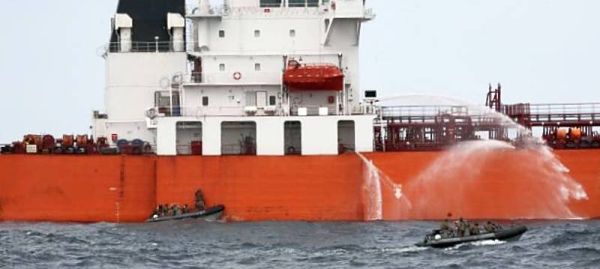WASHINGTON, June 1, 2011 — Significant gains during winter fighting have wrested key areas from the Taliban and set the stage for July’s transition of the first provinces and district centers to Afghan control, an International Security Assistance Force official said today.
Australian army Maj. Gen. Michael Krause, ISAF Joint Command’s deputy chief of staff, briefed reporters at the Pentagon live via digital video conference from the command’s headquarters in Kabul.
The Joint Command is responsible for operations throughout Afghanistan. Krause serves as senior plans officer with Army Lt. Gen. David M. Rodriguez, commander of ISAF Joint Command.
They’re on track for the first group of coalition troops to transition by about the end of July, Krause said.
“And while there is a bit of work to be done,” he added, “there’s also a bit of actual excitement on behalf of the Afghans, and they’re almost ready. We’re confident it’s going to work.”
The first transition “will put about 22 percent of the population, including the capital, Kabul, under Afghan control,” Krause said.
One area that will transition is Lashkar Gah, the general said, which is in the middle of a key area in central Helmand that combined forces cleared over the winter and that Afghan security forces now hold and secure.
Krause said other transition areas include Mehtar Lam near Kabul, Mazar‑e Sharif, Herat and the Bamyan province.
Kabul and centers of Taliban movement in Kandahar are among the gains made this winter, the general said. “It is our operational objective to retain that area this year,” he added. “We know the Taliban want it back, and we’re going to continue working hard to hold it,” Krause said. “We believe that by retaining that key area of Kandahar and central Helmand, we’ll have an operational-level effect and it will represent a significant achievement.”
Despite recent incidents and losses — including Kandahar provincial police chief Khan Mohammad Mujahid and northern Afghanistan police chief Gen. Mohammed Daud Daud — Krause said he has confidence and hope for the mission.
“We have to see the complete picture,” the general said. “We have to take a longer-term view. And we look for indicators that have an enduring effect.”
From that perspective, Krause said, “we feel that we have made real progress. While it’s always reversible and is fragile, the momentum is such to suggest to us that what we have can be made enduring and can be made robust.”
Today, the general said, coalition forces are living through insurgency attempts to reverse that momentum.
“We’ve seen suicide attacks in the center of Kabul, in Kandahar, in Herat and Takhar,” he said, that have killed civilians, Afghan officials, Afghan soldiers, and police and coalition troops.
“They’ve grabbed a lot of headlines, but they’ve grabbed nothing of operational significance,” Krause added.
“The combined team retains the operationally significant populated areas it started the year with,” the general said. “We are solidifying and hardening the gains, and we’re expanding in many areas.”
Importantly, he added, “we’ve seen no weakening or doubt in the minds of the Afghan people. They are amazingly resilient. They’ve filled the positions of those who were killed and they continue to reject the Taliban.”
An increased number of tip-offs about weapons caches is a sign of growing confidence in coalition forces by local Afghans, Krause noted.
During winter operations in the Sangin area, near Musa Qaleh and the Kajaki Dam area in Regional Command Southwest, and in the northern parts of Kandahar toward Arghandab, coalition forces found traditional caching areas and, Krause said, “took a lot of weapons and explosives off the battlefield, far more than we’d seen previously.”
“The really important thing for us was not only taking it off the battlefield,” the general added, “but the fact that the vast majority were actually handed in or tipped off to us by the locals.”
Every day the combined team retains the key areas of Kabul, Kandahar and central Helmand, Krause said, the Afghan army and police get a little stronger and a little more proficient. “Local leaders get better, and opportunities for development emerge and start to flourish, and that all leads to a stable Afghanistan,” he added.
The coalition temporary surge of 40,000 troops has created a permanent Afghan surge of 80,000 troops, the general said.
“I work with them daily, and I’m impressed by their courage. I’m impressed with their growing professionalism and indeed their capability,” he said. “They do get better every day.”
Source:
U.S. Department of Defense
Office of the Assistant Secretary of Defense (Public Affairs)

 von
von 